The Student Nonviolent Coordinating Committee (SNCC) was founded in April 1960, by young people who had emerged as leaders of the sit-in protest movement initiated on February 1 of that year. Here are a few key lessons, articles, books, and films on the history, philosophy, and legacy of SNCC.

SNCC workers prepare to go to Belzoni, Miss., in the Fall of 1963 to organize for the Freedom Vote. Ida Mae Holland is sitting in the center and the woman to the right in the white sweater is Mary Lane. They were both from Greenwood. Photo source: Civil Rights Movement Archives.
 |
The SNCC Story at the SNCC Digital Gateway
|
SNCC: What We Did“Strong people don’t need strong leaders,” Ella Baker told us. We were strong people; we did strong things. It began for me as it did for many others in early 1960. On February 4, I was sitting in a café near my college campus in Atlanta, Georgia. A fellow student named Lonnie King approached me with a copy of that day’s Atlanta Daily World, the local Black newspaper. The headline read: GREENSBORO STUDENTS SIT-IN FOR THIRD DAY! Continue reading in “SNCC: What We Did” by Julian Bond in The Monthly Review. |
|
The Borning Struggle: An Interview with Bernice Johnson ReagonBernice Johnson Reagon describes the work of SNCC in Albany, Georgia including Freedom Rides, voter registration, inter-generational collaboration, the role of music, and an analysis of the movement’s impact on the people of Albany. Read “The Borning Struggle: An Interview with Bernice Johnson Reagon” by Dick Cluster in Radical America. (“Borning Struggle” is the first article in the attached journal.) |
|
SNCC: The Importance of its Work, the Value of its LegacyYou can never tell when a spark will light a fire. So, on February 1, 1960 when four Black students attending North Carolina A&T College sat down at the lunch counter in a Greensboro, North Carolina Woolworth Department store, ordered food, were refused service and then remained seated until the store closed, few could have predicted how rapidly similar protests would spread across the south; or the lasting impact on the south and the nation of the sudden direct action by these students. Continue reading in “SNCC: The Importance of its Work, the Value of its Legacy” by Charles Cobb Jr. on the SNCC Legacy Project website. |
Find lessons, articles, books, films and significant dates in the history of SNCC on the Related Resources list below.

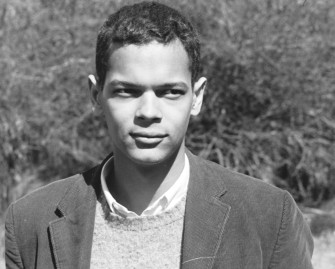
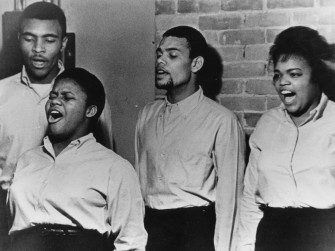






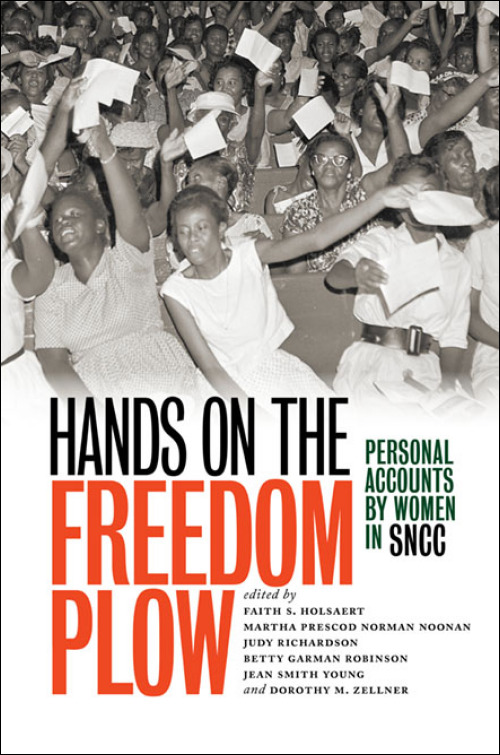
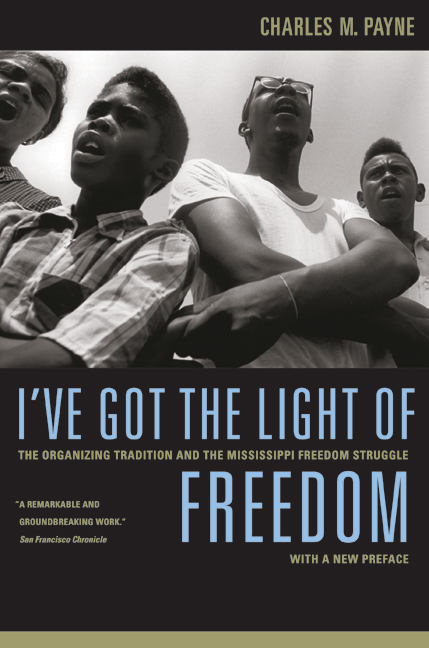



















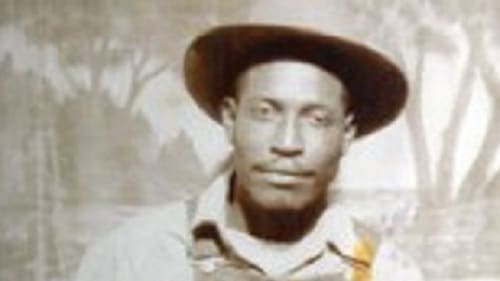
















Twitter
Google plus
LinkedIn